New theory claims it was not China: "This is where it all started"
Hungarian scientists claim that there's a big discrepancy in the data on the origin of COVID-19, as Chinese have removed key samples from the genetic database.
Thursday, 10.02.2022.
11:05
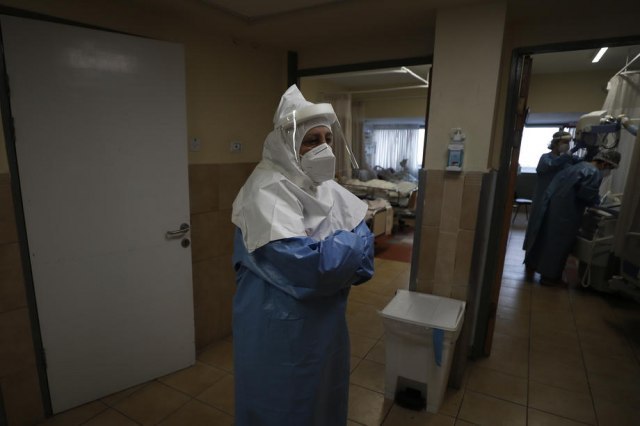
New theory claims it was not China: "This is where it all started"
An early version of COVID-19, which seems to have been created in the laboratory, was discovered in samples from a Chinese biotechnology company, writes Sara Knapton, the Science Editor for The Daily Telegraph.This finding justifies claims that the virus may have originated as a laboratory experiment that accidentally leaked.
Bioinformatics experts from the Faculty of Veterinary Medicine and the University of Loránd in Budapest made the discovery by chance while examining genetic data from soil samples collected from Antarctica in late 2018 and early 2019.
The samples were sent to Sangon Biotech in Shanghai for testing in December 2019, where they were contaminated with a hitherto unknown variant of COVID-19.
The variant has mutations that bridge the gap between the bat coronavirus and the earliest strain from Wuhan, so it can be a version of the ancestral virus, i.e. the already existing one, writes Daily Telegraph.
Unique mutations
The samples also contain hamster and monkey DNA, suggesting that the early virus may have been bred in animal cell lines."Unique mutations suggest that it is a variant of ancestors. So, if it was determined, say, in mid-December, before anyone identified the virus in humans and tried to grow it in laboratories, then it indicates secret samples in laboratories in 2019", Viscount Matt Ridley, author of 'Viral: The Search for the Origin of COVID-19'.
"They are not from seals or penguins, but from African green monkeys and Chinese hamsters. Both species are the source of the most commonly used laboratory cell lines," Ridley said of the discovered animal DNA.
The exact date when the DNA isolation was performed is not certain. However, researchers say that if it happened in December 2019, the virus could be the ancestor of the original human strain from Wuhan.
If it was singled out in early 2020, it may have been contaminated by experiments conducted by researchers trying to find out more about the emerging virus.
Antarctic patterns
Dr Jesse Bloom, a virologist at the Fred Hutchinson Cancer Research Center in Seattle, Public Health Sciences Division, reviewed the data and confirmed that Antarctic samples contained COVID-19, which had three key mutations that brought bat coronaviruses closer to the first human strain from Wuhan.Currently, the closest natural relatives of COVID-19 have been found in bats. One such bat coronavirus, called RaTG13, was found in puppies in Yunnan province in southwest China, while several others, called Banal 20-52, were discovered in Laos, which shares a border with Yunnan province. Both areas were studied by ‘virus hunters’ with samples sent to researchers at the Wuhan Institute of Virology.
"These three mutations are intriguing because all the ancestral mutations that move the sequence are 'closer' to relatives of the rat coronavirus RaTG13 and Banal 20-52 compared to the first reported in Wuhan from the seafood market," commented Dr Bloom.
The same mutations
In May 2021, a team of American evolutionary biologists published a study on what the ancestor of COVID-19 should look like, so it came up with two variants. One had the same three mutations found in the samples."The virus with these three mutations in relation to Wuhan-Hu-1 is one of the two probable precursors for all currently known human SarsCov2 viruses," added Dr Bloom. “All we can say is that these samples were contaminated at Sangon Biotech with some earlier SarsCov2 viruses, some of which appear to have been from laboratory-grown samples,” Dr Bloom said.
"The timeline is very important here. If they are set in December 2019, then it is very important, because China keeps SarsCov2 viruses undetected until December 31. All we can say is that these samples are contaminated at Sangon Biotech with some earlier SarsCov2 viruses, some of which appear to have been from laboratory-grown samples, Dr Bloom claims.
The Hungarian team says that when they first pointed out the discrepancy in the virus determination data, the Chinese immediately removed the samples from the genetic database, although they have been updated in the meantime, Daily Telegraph concludes.





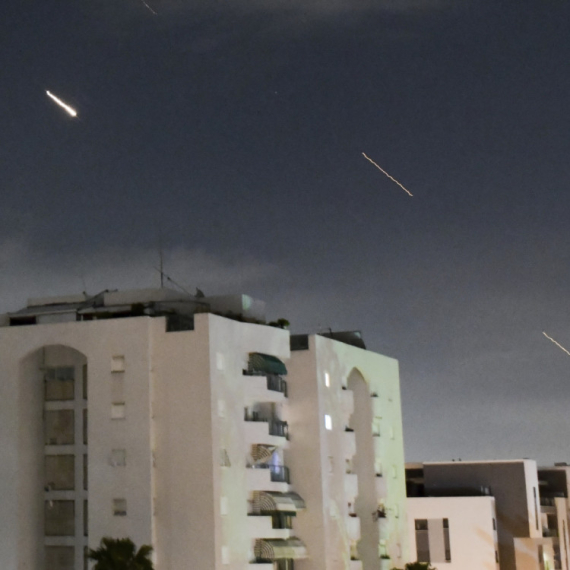
























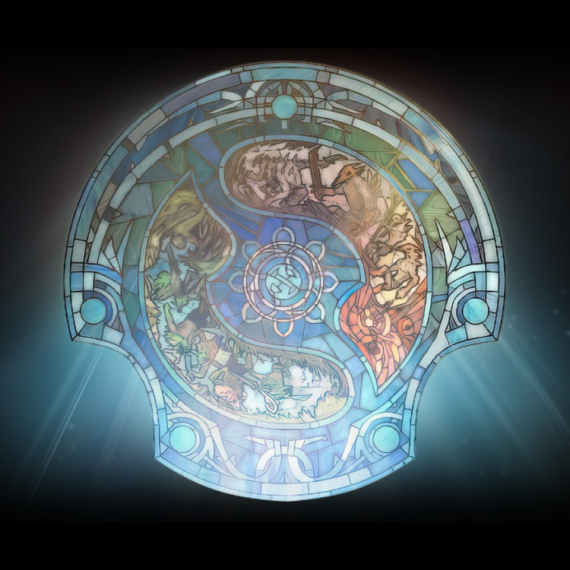





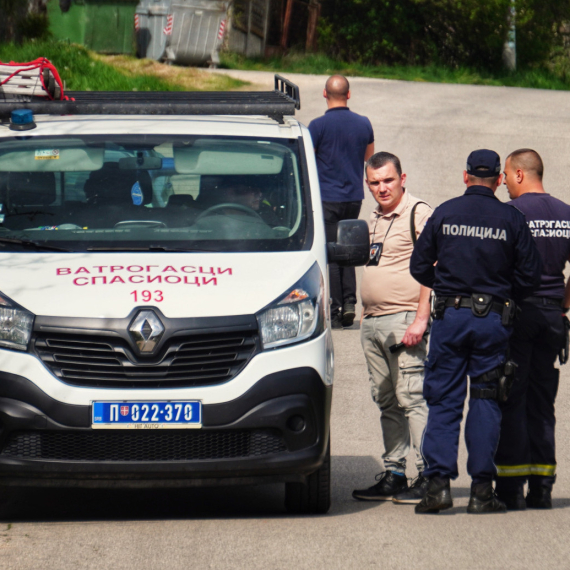
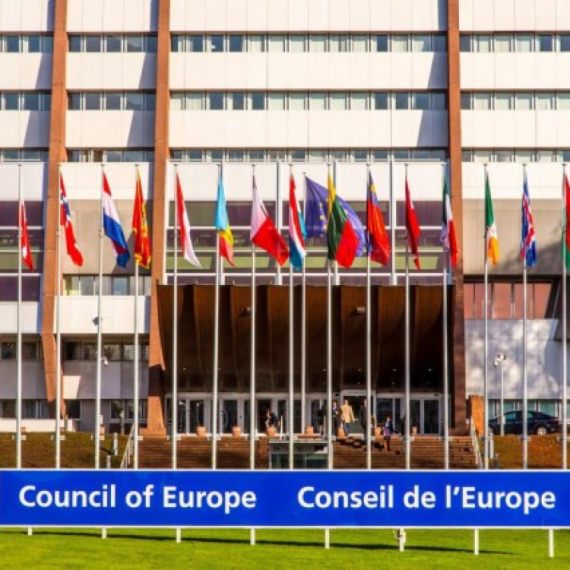







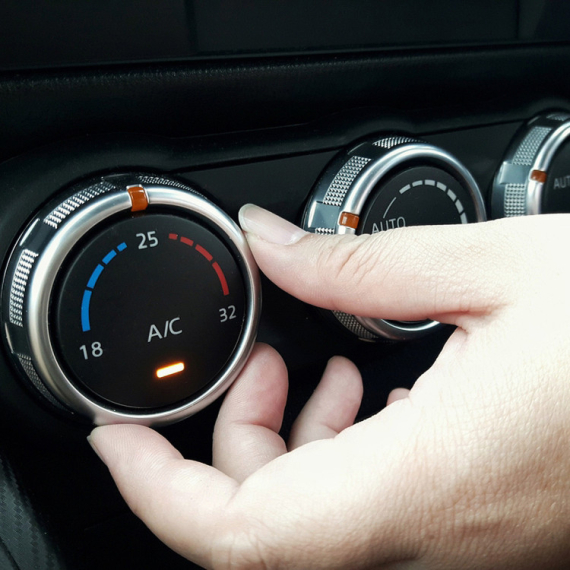










Komentari 0